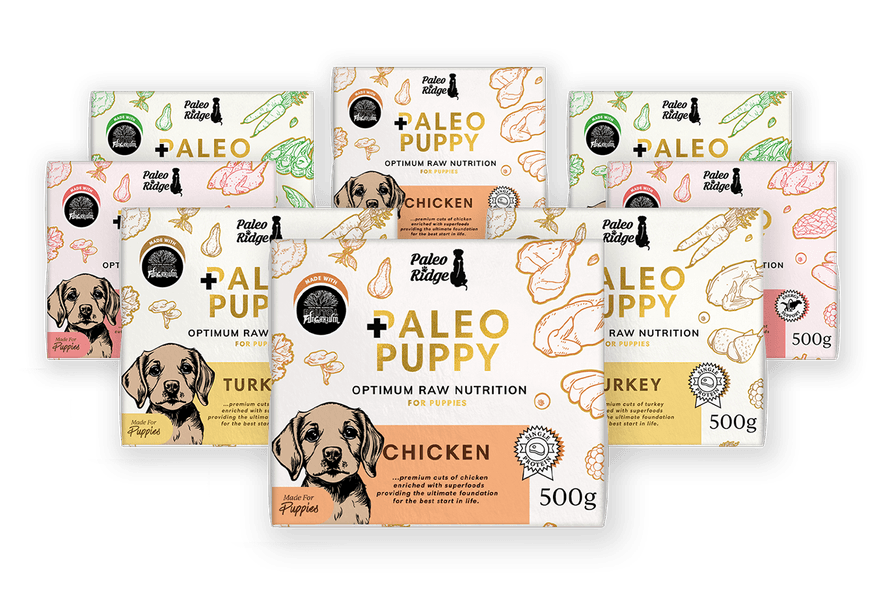A number of health conditions can affect the metabolism:
Thyroid - The thyroid gland keeps the metabolism running smoothly, by regulating the release of hormones into the bloodstream.
- Hyperthyroidism (over active thyroid)
Hyperthyroidism is the result of your dog's thyroid gland producing too much thyroid hormone. This can increase your dog's metabolic rate to dangerous levels. This condition is rare in dogs, but is often serious. It is treatable but very much depends on the underlying cause. Symptoms include, increased appetite, rapid weight loss, excessive excitability. If you have concerns, seek veterinary advice without delay.
- Hypothyroidism (underactive thyroid)
Hypothyroidism is the result of your dog's thyroid gland failing to produce enough thyroid hormone. This slows your dog's metabolic rate. Symptoms include tiredness, changes in skin and coat, weight gain and reduced appetite . Some dogs have trouble keeping warm. The symptoms of hypothyroidism can vary greatly from dog to dog, but are all mostly related to your dog’s slowing metabolism. Seek veterinary advice without delay if you have concerns.
Cushing’s disease in dogs, causes over-active adrenal glands to excrete too much cortisol. The adrenal glands are responsible for excreting hormones, they are needed for various processes within the body. Too much cortisol can suppress the immune system and impact metabolism. This increases the chances of infections and other diseases. Cushing’s disease is more common in older dogs.
As your dog gets older, they tend to gain fat and lose muscle. A dog's metabolism slows with age. This means the body burns fewer calories and needs less food to function. Senior dogs tend to be less energetic, so they burn even fewer calories. A slower metabolism is one of the main reasons why older dogs tend to become overweight. Less exercise, can contribute to muscle loss. Muscles are the main driver of the metabolism. Strong, healthy muscles are necessary to keep up a healthy metabolic rate. If your dog isn't burning as many calories, they can pack on the pounds.
Genetics can plays a role in your dog's metabolic rate. Dogs that are predisposed to slower metabolic rates will have a harder time burning off the calories they intake, which means excessive weight gain. This can contribute to other health concerns. Your dog's metabolic rate can simply be passed down from your dog's parent's, similar to how genetic diseases can. Genetics also are a factor when combined with your dog's breed.



